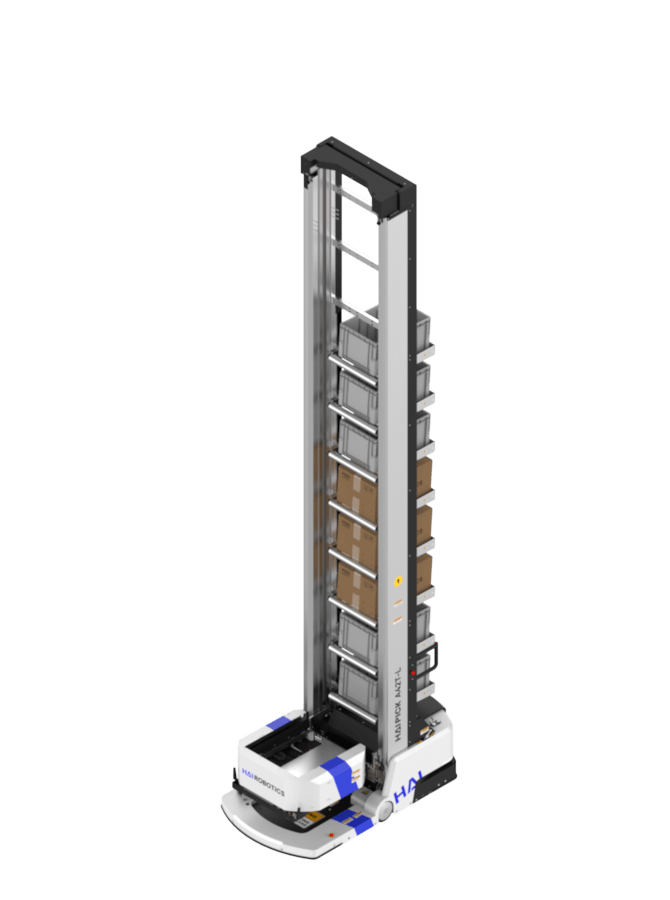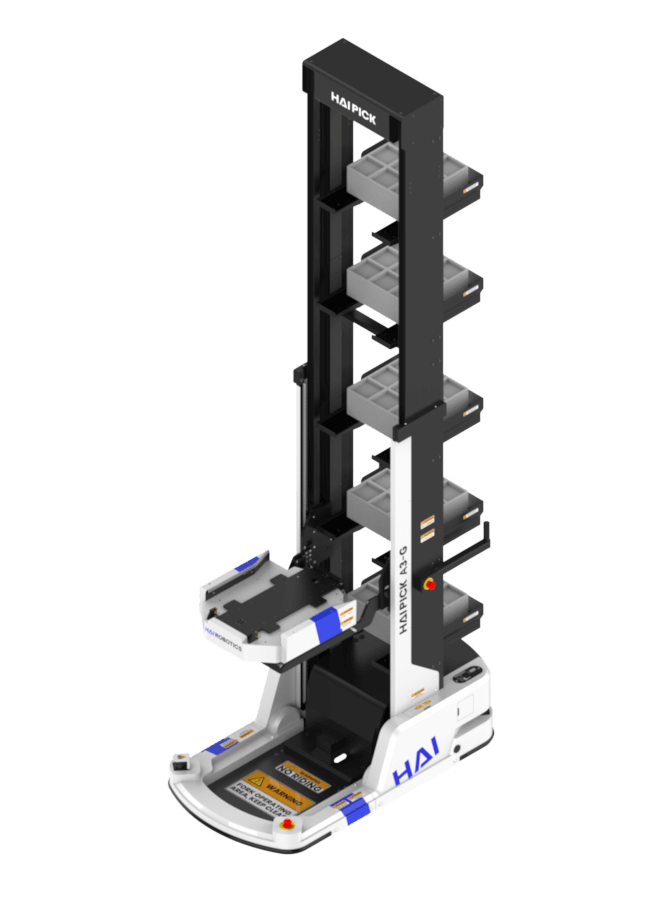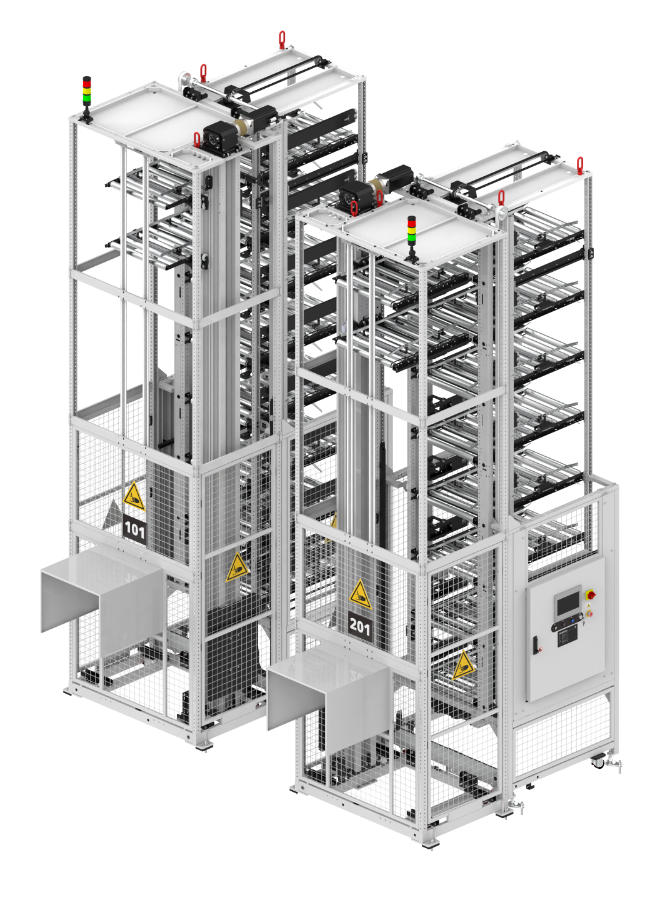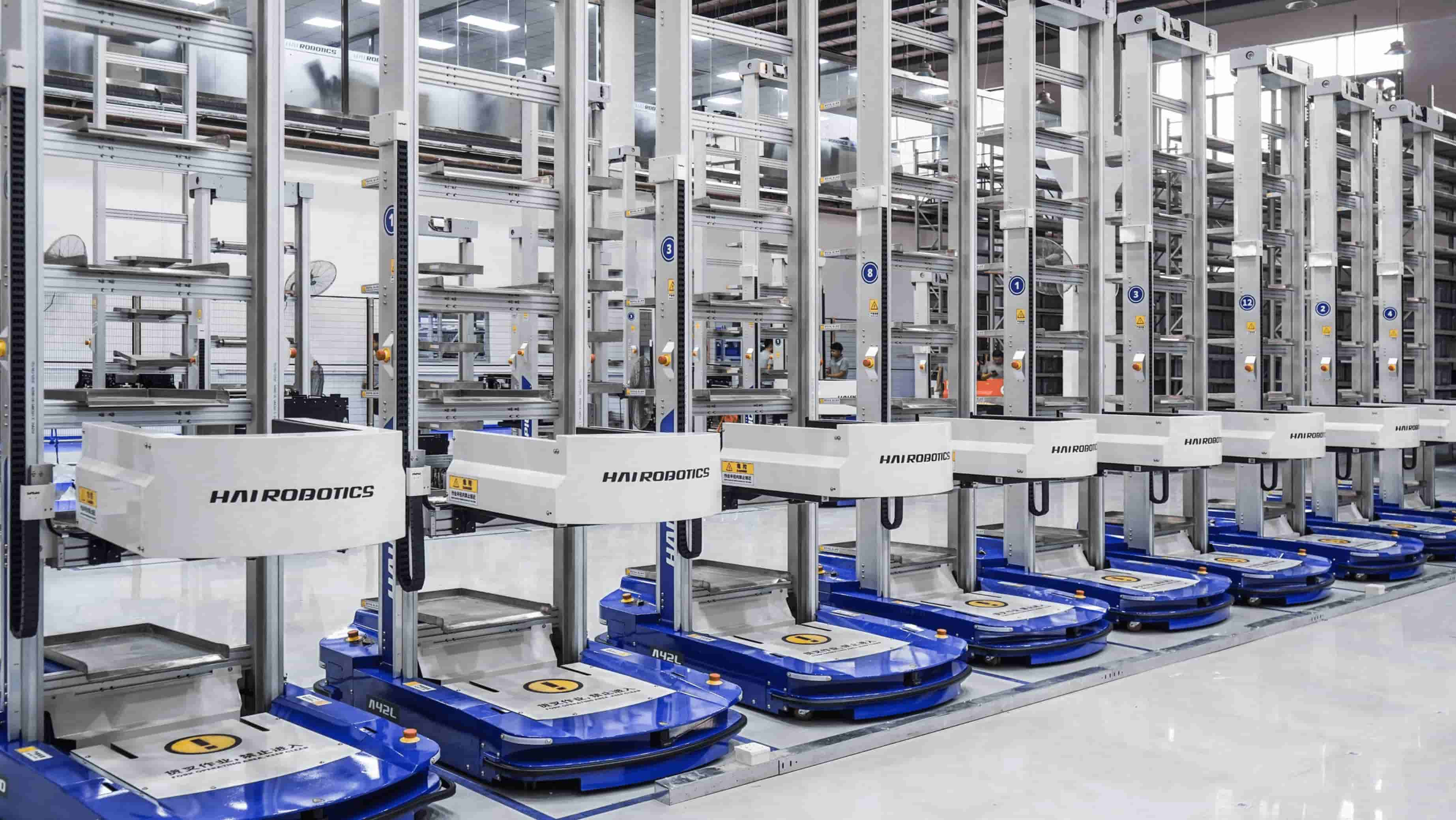Why are ACRs the Right Fit for Warehouses and Distribution Centers?
Read our latest blog and find out why global clients choose ACR systems for their warehouses and distribution centers.
"What's the meaning of Autonomous Case-handling Robot (ACR) systems?" How do they differ from other warehouse automation solutions?' These are the two questions we often receive.
The answer could be simple, that "case-handling" is the keyword. The ACRs, unlike others, are automated storage and retrieval systems designed and developed specifically for cases.
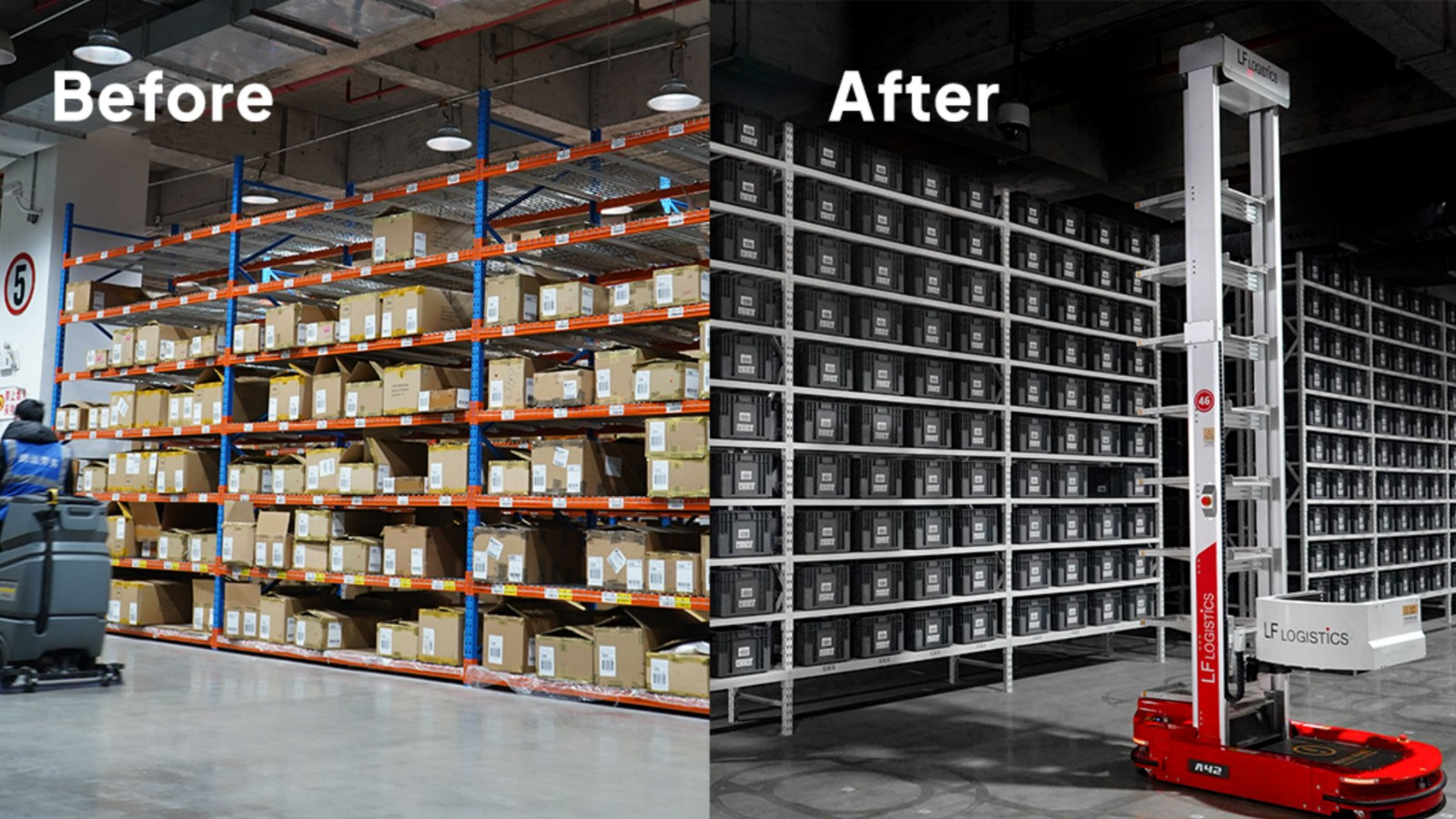
The ACRs systems were the first of its kind when Richie Chen, Shengdong Xu and Bing Fang, our co-founders, began to develop them back in 2015. The trio wanted to use robotics technology to address the ageing problem.
Their first idea was to make an exoskeleton robot to help the elderly, but soon they had a new, more feasible idea instead.
They quickly saw the demand for a truly flexible, efficient and smart robotic warehouse automation system. Back then, rack-moving Kiva robots were the prevalent choice of automation in the market.
After spending weeks visiting and studying more than 30 warehouses in Beijing, they envisioned a new method of automation that may keep good mobility of Kiva robots while promising high space utilization that was typically seen in high-bay warehouses.
They eventually built a new type of mobile robot to handle cases/bins as the smallest removable storage units, which was later named "Autonomous Case-handling Robot". The ACRs, together with supporting software systems, evolved into the Totes-to-Person solution to complement existing goods to person solutions.
But the systems are more than just robots. They include proprietary HAIPICK robots and HAIQ software system, an Intelligent Management Platform.
The HAIPICK robots do the picking, sorting, and transport between shelves and workstations. HAIQ Intelligent Management Platform is the central command for HAIPICK robots, conveyor belts, loading and unloading workstations and other external devices including robotic arms, AGVs, or AMRs.
The ACRs have grown into a robot family over the years to address the arising needs for different storage situations, with models tailored for tote storage, carton storage, mixed storage of totes and cartons in different sizes, double-deep storage, tray and tire storage that need no containers.
Since its first adoption in 2018 at Best Logistics, the ACR systems, have now been implemented in more than 500 projects globally, serving clients in 3PL, apparel, retail, e-commerce, electronics 3c, and healthcare industries.
Global clients choose ACR systems for the key benefits and value they provide.
Higher pick rate with huge SKUs
Huge and ever-changing SKUs are common with e-commerce and retail orders, making piece-picking a heavy and laborious duty in warehouses. ACRs that move totes/cartons, instead of a whole rack, are adept at order fulfillment in such scenarios.
By planning efficient picking routes to reduce travel time and establishing organized picking processes, the ACR systems enable more efficient order fulfillment with less human intervention and fewer human errors.
Higher space utilization
ACRs boast a picking height of up to 10 meters, meaning that almost every inch under the ceiling of a 10-meter warehouse can be used for storage. This feature sets ACR systems apart from rack-moving systems that generally cover a space of no higher than 4 meters.
Meanwhile, a greater storage density can be achieved with the same shelf height when using the ACR systems. The slim ACR chassis design allows narrower aisle width and precise picking supported by smart algorithms permits more efficient use of shelf space.
Flexible and fast deployment
Thanks to their innate flexibility, the ACR systems allow customers to stay responsive to the dynamic market.
An automation project can be scaled at any time, adapting to business growth curves, and won't be constrained by the warehouse building structure. Business operators can drastically elevate warehouse throughput by adding ACRs or high-speed loading and unloading workstations without refitting existing facilities.
Unlike traditional amr warehouse solutions that require months-long planning and year-long implementation, the ACR systems can be easily deployed in several weeks and bring little disruption to ongoing operations.
The need for better warehousing solutions rises quickly in recent years as e-commerce continues to boom around the world. Users, in general, favor solutions that feature higher flexibility, scalability, precision, and efficiency. They prefer things that are more adaptable to changes.
Time changes. We believe the ACRs are the right fit for many users nowadays when the market gets more dynamic and volatile than ever before.

